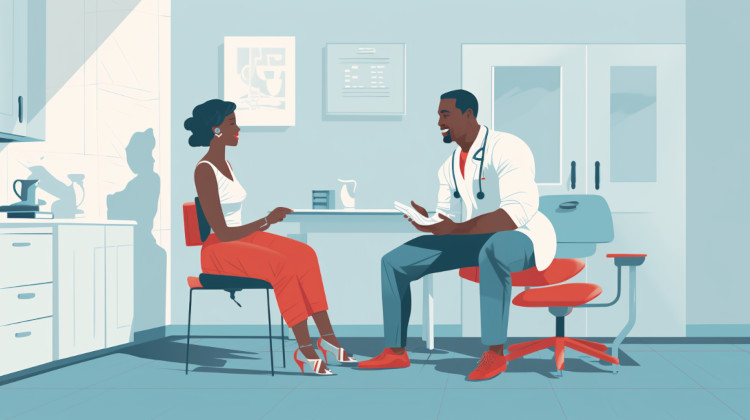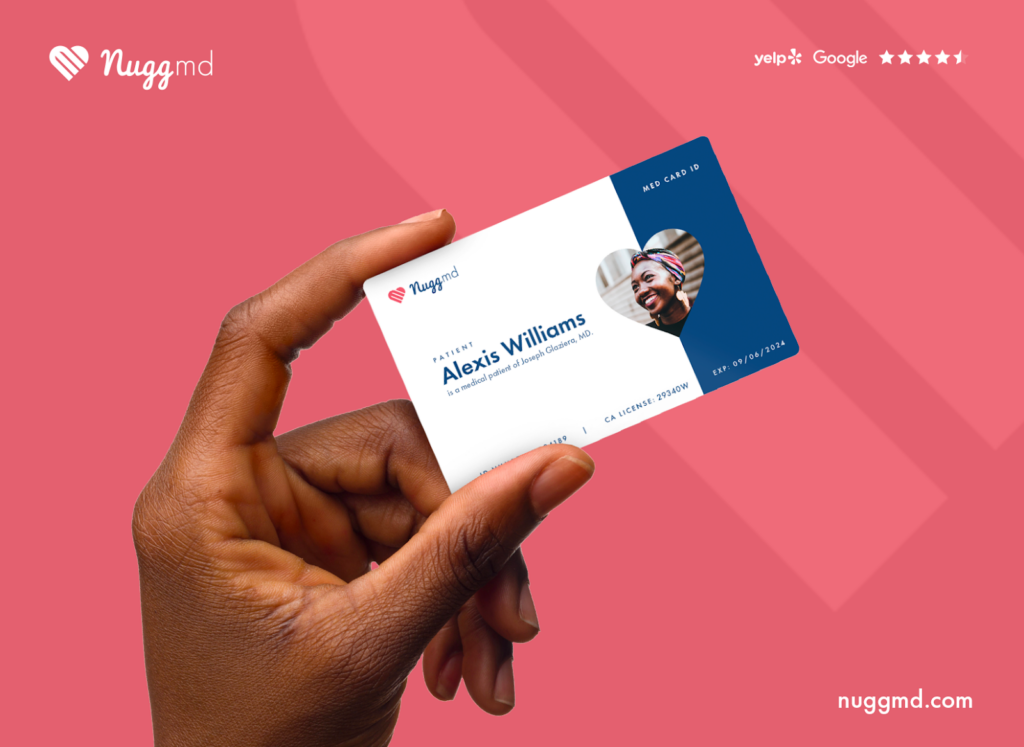
Migraines are a neurological condition that results in extreme pain. It’s a common misconception that migraines are just headaches. The most common types of migraines are migraines with or without aura. Migraines with auras have symptoms that include vision loss, tingling sensations in the hands and face, numbness, or nausea.
It’s estimated that about 1 in 6 Americans experience migraines or severe headaches over three months.1 This neurological disorder can manifest itself in different ways. Some people experience warning signs before a migraine begins, like excessive yawning or pain or stiffness in the neck, while others aren’t able to tell a migraine is coming until the pain starts.
Migraines can occur most frequently in the morning, and women, in particular, may experience more migraines before the onset of a period.
What Causes Migraines?
While migraines are genetic, there are specific triggers that can lead to the onset of a migraine episode.
There are a wide variety of potential causes for migraines, including:
- Stress
- Hormonal imbalances in women
- Certain foods or drinks (trigger foods are individual to each person)
- Sleep changes
- Anxiety
- Depression
- Low blood sugar
- Head trauma
Migraines affect women three times more often than men.
Migraine Signs & Symptoms
Migraine symptoms can come in four phases, and not everyone experiences all four during a migraine.
The first phase is the prodrome phase, typically occurring 24 hours before a migraine. Symptoms may include an increased appetite, mood changes, yawning, fluid retention, and frequent urination.
In the second phase, the aura phase, individuals may experience muscle weakness and see flashes or bright lights.
In the third phase, the headache phase, individuals experience throbbing or pulsing pain on the side of their heads that progressively worsens. Other symptoms can include nausea and vomiting and sensitivity to light, noise, and smells. It is important to remember that migraine symptoms can occur without a headache.
The fourth and final phase is the prodrome phase, where individuals often feel weak and exhausted. The fourth phase can last up to a day after a migraine episode.
How Cannabis Can Help Alleviate Migraine Symptoms?

Cannabis is more widely used than ever before, and its potential is continually being investigated. Consumers have long turned to cannabis to relieve a variety of different types of pain, which begs the question: does weed help with headaches?
Researchers have found that headache severity was reduced by about 50% with the use of cannabis. Cannabis has even demonstrated a reduction in the recurrence of migraines, showing potential for treating chronic migraines. In addition, cannabis users were able to reduce their intake of opioid prescriptions and other pain medications.2
Migraines can be debilitating, and fast relief is essential for many individuals. Cannabis may allow individuals to reduce their symptoms quickly without the adverse effects that many other treatment options present. In one study, 94% of participants reported symptom reduction within two hours.
Researchers in the UK published an assessment of the efficacy of cannabis-based medicine products for headaches among individuals within the UK medical cannabis registry. They found that patients experienced a decrease in migraine attack frequency and pain, as well as improvements in general quality of life, sleep, and anxiety symptoms.3
While more research is needed to determine the best strategies for dosing and cannabinoid ratios, many people have reduced or eliminated their migraine symptoms through the use of CBD or THC.4 If you are experiencing migraines and are seeking an alternative treatment method like cannabis, it is essential to speak with your doctor.5
Legality and Doctor’s Recommendation
To determine if your state considers migraines to be a qualifying condition for medical marijuana, check out our Laws & Regulations section for the medical cannabis rules for your state.
If you find that your state recognizes migraine or its symptoms as a qualifying medical condition, you can seek a doctor’s recommendation to get your medical cannabis card in your state.
How NuggMD Can Help

NuggMD is the nation's leading medical marijuana technology platform, serving patients in over half the United States. We’ve connected over 1,300,000 patients with their new medical marijuana doctors face-to-face via our state-of-the-art telemedicine platform.
We believe that every human being has the right to explore the benefits of medical cannabis and are fully committed to helping each patient explore all of their options in their journey to wellness. For further information on whether you qualify for medical cannabis, select your state.
Resources
- Burch R, Rizzoli P, Loder E. The Prevalence and Impact of Migraine and Severe Headache in the United States: Figures and Trends From Government Health Studies. Headache. 2018;58(4):496-505. doi:10.1111/head.13281 ↩︎
- Poudel S, Quinonez J, Choudhari J, et al. Medical Cannabis, Headaches, and Migraines: A Review of the Current Literature. Cureus. 2021;13(8):e17407. Published 2021 Aug 24. doi:10.7759/cureus.17407 ↩︎
- Stith SS, Diviant JP, Brockelman F, et al. Alleviative effects of Cannabis flower on migraine and headache. Journal of Integrative Medicine. 2020;18(5):416-424. doi:https://doi.org/10.1016/j.joim.2020.07.004 ↩︎
- Nicholas M, Erridge S, Bapir L, et al. UK medical cannabis registry: assessment of clinical outcomes in patients with headache disorders. Expert Review of Neurotherapeutics. 2023;23(1):85-96. doi:https://doi.org/10.1080/14737175.2023.2174017 ↩︎
- Sherpa ML, Shrestha N, Ojinna BT, et al. Efficacy and Safety of Medical Marijuana in Migraine Headache: A Systematic Review. Cureus. 2022;14(12):e32622. Published 2022 Dec 17. doi:10.7759/cureus.32622 ↩︎
The information in this article and any included images or charts are for educational purposes only. This information is neither a substitute for, nor does it replace, professional legal advice or medical advice, diagnosis, or treatment. If you have any concerns or questions about laws, regulations, or your health, you should always consult with an attorney, physician or other licensed professional.

